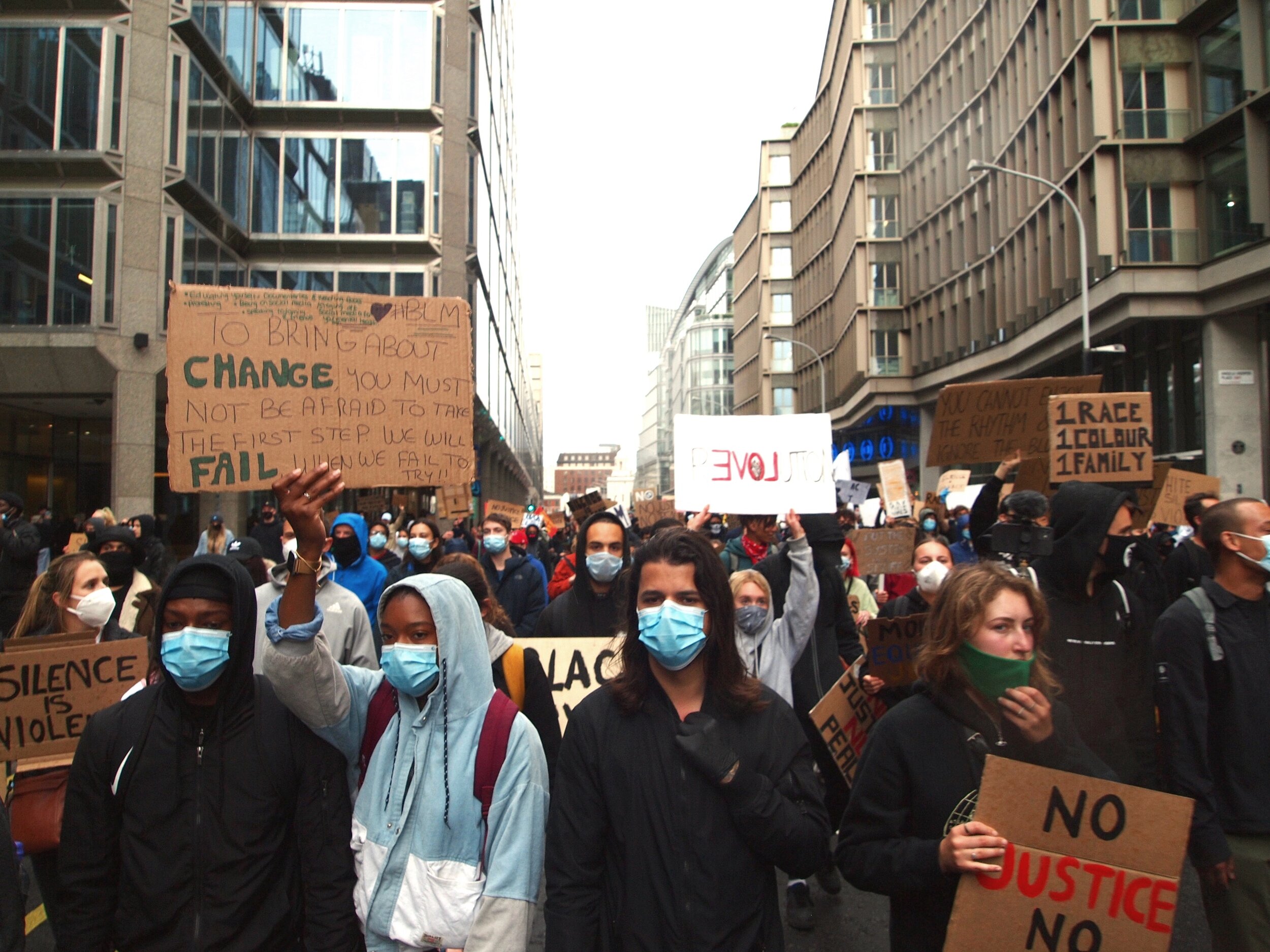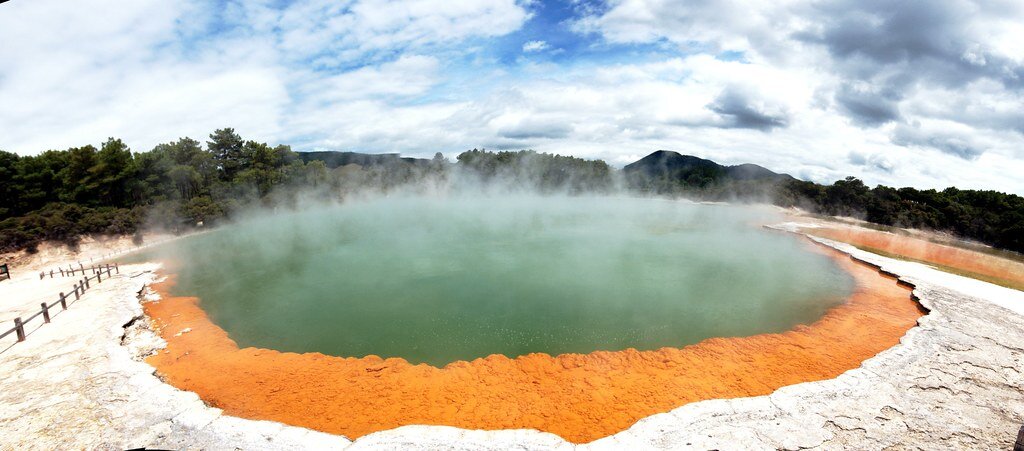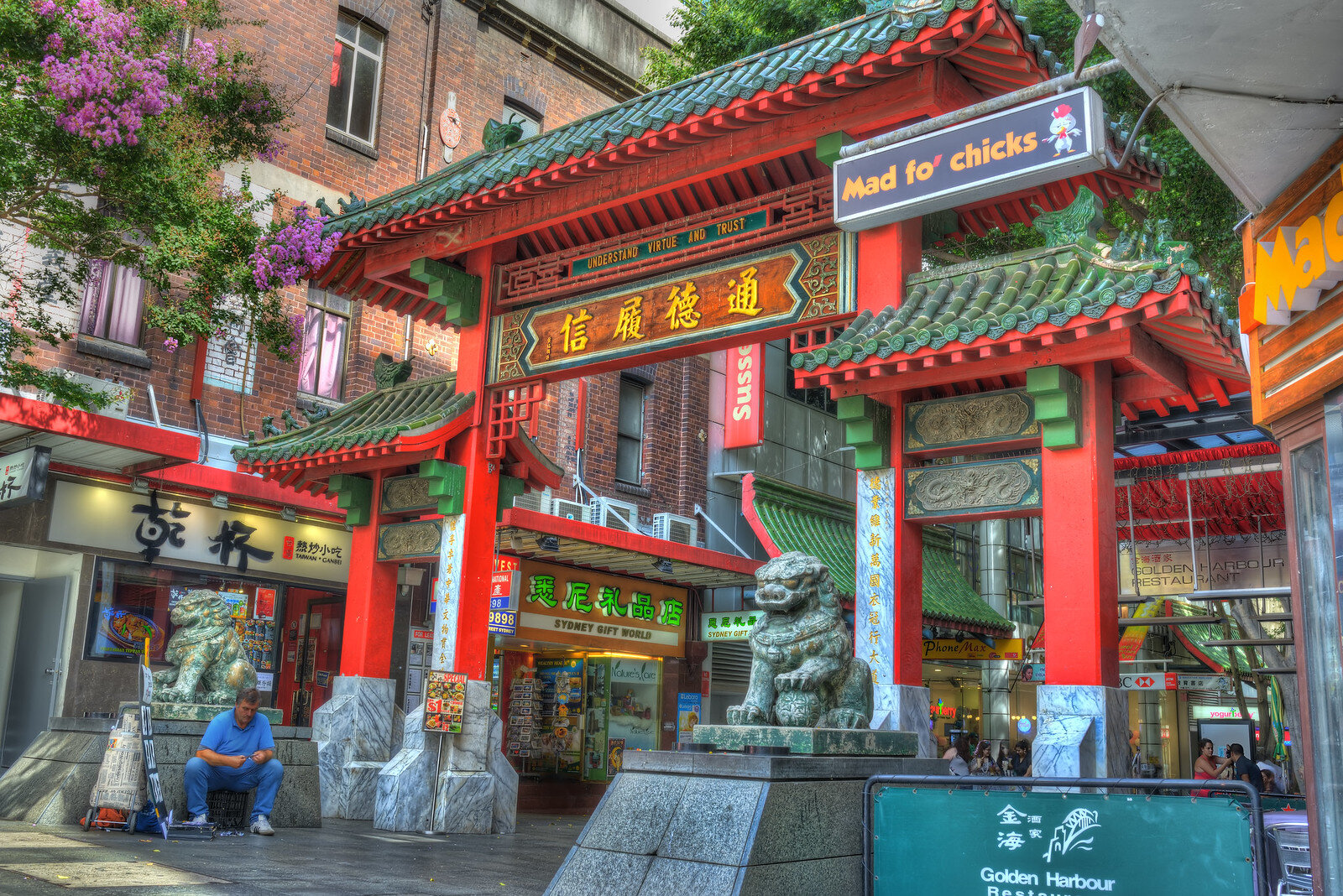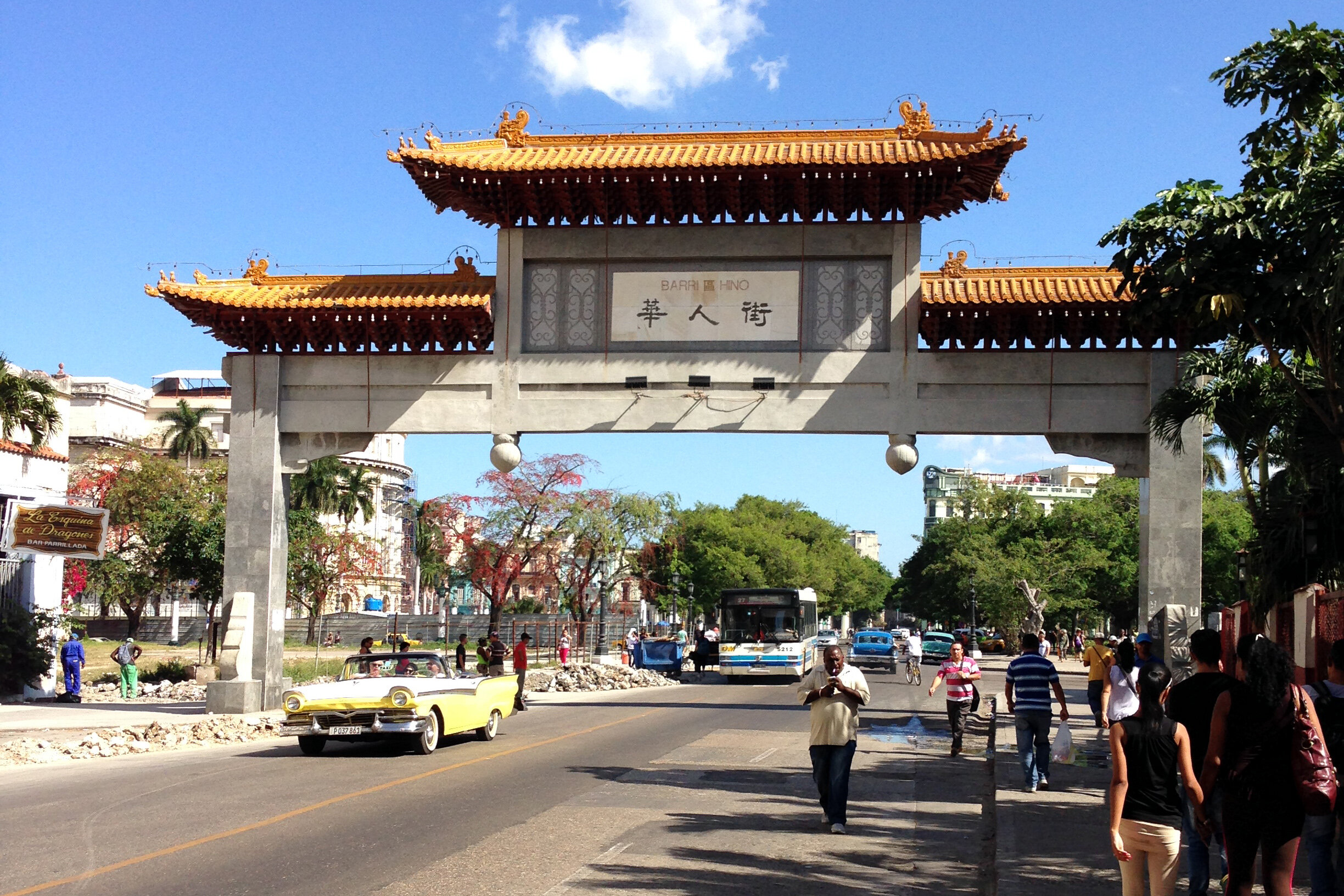The National Palace in San Salvador, El Salvador. David Stanley CC BY 2.0.
Reproductive rights in Latin America have a complicated history. While a handful of countries in the region allow for abortion at the mother’s request, the vast majority of Latin American countries only allow abortions to be performed in very specific cases, with El Salvador, the Dominican Republic, Nicaragua and Honduras retaining complete prohibitions.
2021 may be a turning point, however. Argentina began the year with a new law legalizing abortion, which makes the country the third in Latin America to do so after Cuba and Uruguay. More recently, new abortion cases being heard in El Salvador could loosen laws in one of the world’s most restrictive countries for reproductive rights, opening the door for further decriminalization and legalization of abortion throughout the region.
El Salvador’s Historical Lack of Reproductive Rights
In 2012, a young Salvadoran woman named Sara had a miscarriage after she slipped and fell while washing laundry. Despite maintaining her innocence, the Salvadoran government sentenced Sara to 30 years in prison for aggravated homicide due to the country’s prohibition on any and all abortions. Lawyers are currently working to appeal her conviction.
A mural in El Salvador which says “Hope Woman” in English. El Decertor. CC BY NC-ND 2.0.
Sara, who is only identified by her first name to protect her privacy, is one of countless women who have been subjected to El Salvador’s restrictive policies on reproductive rights. Another woman, Manuela, had a miscarriage in 2008. After going to the hospital, she was handcuffed to her bed by government authorities, accused of having an abortion and charged with aggravated homicide, which resulted in a 30-year sentence that was cut short when she passed away two years later due to lymphatic cancer.
El Salvador has historically maintained heightened restrictions on abortion access. While the country’s 1956 Penal Code permitted abortions if the woman’s life was at risk and the 1973 Penal Code expanded the exceptions to include circumstances of rape, statutory rape or detected congenital disorders in the fetus, El Salvador banned abortions under any circumstances in 1998 and amended its constitution in 1999 to recognize human life from the moment of conception.
A number of organizations, most notably the United Nations, have condemned El Salvador’s restrictive laws as human rights violations. However, the government has largely ignored these accusations.
Abortion-rights activists both within and outside of El Salvador are hopeful that 2021 could be a turning point for the country. Both Sara and Manuela’s cases are being heard by courts this year—Sara’s in a national court and Manuela’s at the Inter-American Court of Human Rights. If either of these cases come back in favor of the women, it could force the country to expand upon reproductive rights after nearly two and a half decades of restrictions.
A Brief Look at Reproductive Rights in Latin America
A view of Buenos Aires, the capital of Argentina. The country legalized abortion up to the 14th week of pregnancy in January 2021. Boris G. CC BY-NC-SA 2.0.
El Salvador’s restrictions on reproductive rights are by no means an outlier in Latin America. As of March 2021, only Argentina, Cuba, Uruguay, Puerto Rico, Mexico’s Federal District and the Mexican state of Oaxaca have legalized abortion at the mother’s request. Every other country in Latin America restricts access to abortions in some way.
One of the primary reasons for Latin America having such restrictive standards on abortion is due to the dominance of Roman Catholicism in the region, a religion which heavily stigmatizes the practice. According to the Pew Research Center, 69% of those in Latin America practice Catholicism, with every country in the region aside from Honduras and Uruguay retaining Catholic majorities. Even when new legislation has favored expanded access, stigmas against abortion remain high.
However, this stigmatization may be changing. Argentina rang in the new year with a groundbreaking abortion law guaranteeing women the right to seek out an abortion up to the 14th week of pregnancy with no exceptions. This new law makes Argentina, which has the fourth highest population of any country in Latin America, the largest country in the region to have such a comprehensive set of reproductive rights standards.
Should El Salvador expand access to abortion in the near future, the change may serve as a catalyst for expanded rights in other countries such as Chile and Mexico, both of which have seen pro-feminist movements in recent years. For the time being, however, activists continue to fight for expanded abortion access throughout Latin America.
Jacob Sutherland
Jacob is a recent graduate from the University of California San Diego where he majored in Political Science and minored in Spanish Language Studies. He previously served as the News Editor for The UCSD Guardian, and hopes to shed light on social justice issues in his work.

































































